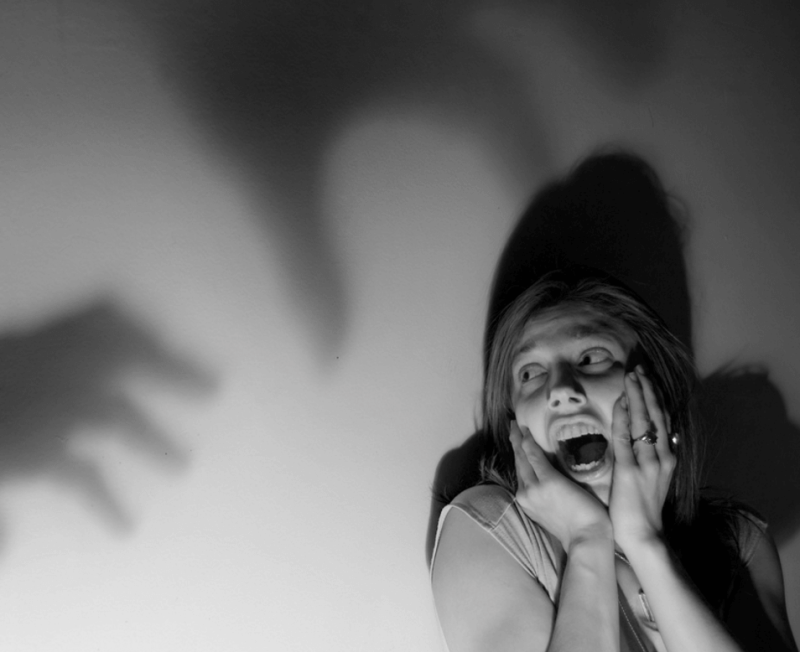Dr. Katherine Brownlowe, a neuropsychiatrist at Ohio State University, said two parts of the brain are at work when responding to fear. One is the amygdala, a more primitive part of the brain, which contributes to the famous “fight or flight” complex when reacting to a presented threat.
…
Whether or not we see fear as entertainment varies because people are so different in temperament and experiences, Dr. Brownlowe said. Both genetic and environmental factors play into whether someone will run toward or from an invitation to a scary movie.
Dr. Brownlowe calls those who like that fearful feeling ”sensation seekers” — people who choose to put themselves in situations that trigger fear responses.
“It may be because their brain doesn’t react as strongly to those fear signals, that they need more stimuli,” she said.
…
Environment also plays a role in whether or not we like to be scared, Dr. Brownlowe said. Those who might be genetically wired to enjoy it but have experienced some sort of trauma, can be turned off from the idea.
The GLP aggregated and excerpted this blog/article to reflect the diversity of news, opinion, and analysis. Read full, original post: Fear factors: Genetics, environment play role in triggering fright































